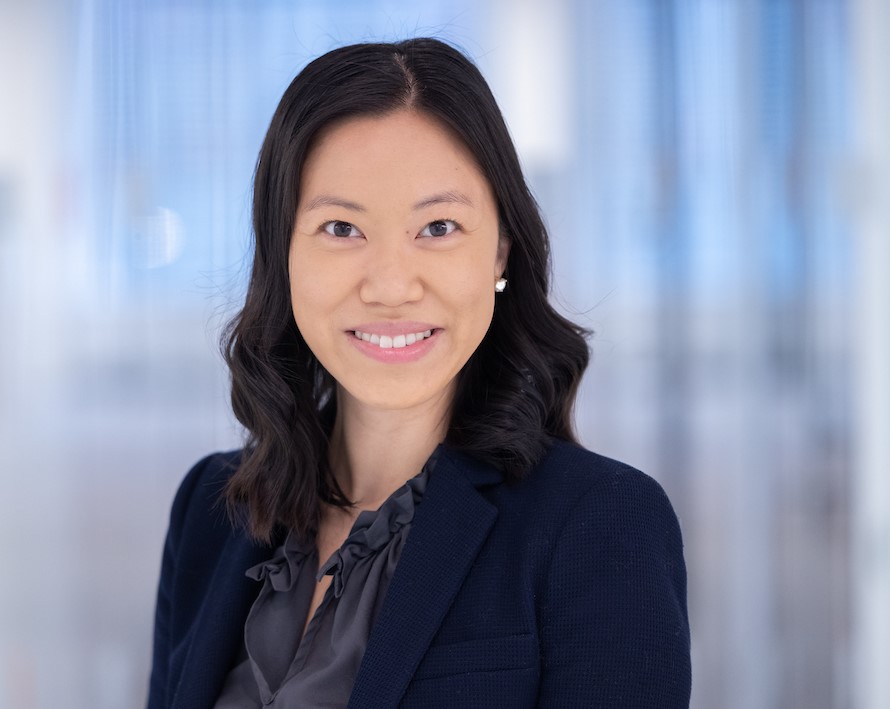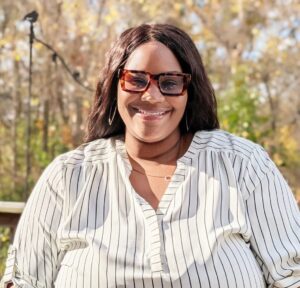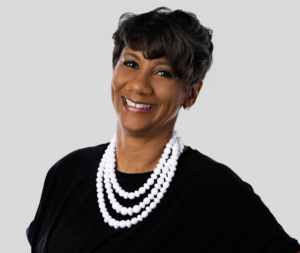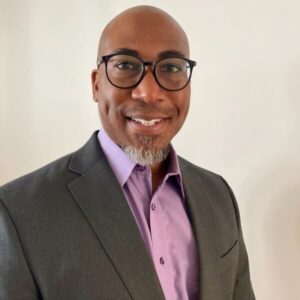Sara Ng of ING Americas finds inspiration in colleagues, evolving communications
Sara Ng shares the key to excellence in storytelling.

A year of ‘yes’ led Sara Ng to join ING Americas in 2019. As Vice President of Communications and Brand Experience, Ng initially focused on managing internal communications for the Amsterdam-based bank. “It was the tail end of my year of yes and it was one more yes for the year,” Ng shared with Ragan. “I thought, we’ll see where it goes.”
Her work has centered on creating touchpoints that reflect ING’s values, such as championing the company’s new hybrid work model and promoting best practices that support employee wellness. Ng’s role has evolved to include executive communications, supporting both local and global leaders. “Dedicating a lot of my time now to executive communications is far different from managing our internal communications channels, our editorial calendar and doing executive comms in the background,” she shared. “It’s a different head space to get into because I’m talking to people in a different way.”
I’m inspired by:
My children. I say that because they see things with a different lens. They talk to me as if the world is growing. And I think sometimes that’s what helps me bring myself back down to earth when I’m really stressed with a project. I realize that their world is still so small and it’s constantly expanding in different ways. And if I see it through that lens, I could approach a project a different way. I think I could look at it differently, because if I kept on looking at the way that I looked at it, it might just seem redundant, repetitive, kind of boring after a while. So I think, as cliche as it sounds, my children actually inspire me quite a bit.
But also I think the work that I do can be quite inspiring in itself, because communications, I think, is changing so much, and the way people not just receive information, but absorb it. Oftentimes, I talk to my senior leaders about tone all the time, because it’s not what you say, it’s how you say it. I think my work, inherently, is quite inspiring, because the way that our workforce is changing. I see so many new hires that are of different generations. When I think about inspiration, I look at our colleagues who do a ton of things outside of our day to day, who generally have a need or want or willingness to help each other, which I think is really nice to see. I think it’s just being able to adapt, be agile, and be open. I think you can find inspiration everywhere if you’re open.
The key to excellence in storytelling is:
Finding purpose. I think oftentimes we can tell a great story but we need to understand what do you want your reader to leave with or your audience to leave with. People can write and talk all day, but by the end of it, if you have nothing to leave them with, if they don’t remember anything of substance, then I think you kind of failed. I also think about channels, and the proper ones to use so our work and storytelling doesn’t get lost. It’s understanding what the purpose is and what the takeaway is because you build the story around what you want to leave your audience with.
A lesson I learned the hard way is:
The first thing I learned the hard way, which I don’t think was a bad thing, is finding out what I didn’t like, experiencing what I didn’t like to do or didn’t want to do. And for me, I took four years of fashion school to realize in my fourth year, I didn’t want to be in fashion. I think I needed to go through that process to realize I didn’t want to do it. But ironically enough, I just realized I didn’t want to be in fashion in the traditional sense, to be a designer, for example, or to be a buyer. I think where I found my calling was in communications, such as comms in fashion, comms in this space. It took me four years to get to that point, but it also took me fours of what I need to know to continue. It took that time to help me hone my comms skills in a different way.
When I’m feeling overwhelmed at work, I:
Chip away at it. I never used to love lists. Initially, that used to overwhelm me, but I found that when I do have a list, especially now, when I’m juggling different stakeholders and they have different needs and they work in different time zones, I actually find that really helpful, because then I can then look at each item on my to do list and I can chip away at these small things. It lets me see what my top three priorities for each of these things are.
I think for me, it was understanding that I can’t finish everything at once, but I can make progress over the course of time when I need to get it done. That mindset helped me. And you know what? I’m not a doctor. I’m not saving lives. It’s understanding what my role is, and understanding the difference I make, but putting it into perspective. It’s not like my job is life-changing, but it’s important. So I think just keeping perspective is really helpful, and not letting other people add noise to your head.
I also find that giving myself my own deadlines helps to manage my own workload. So even if something’s not ready or doesn’t need to be done until Monday of next week, if I tell myself Thursday of this week, I’ve given myself a goal in mind so I don’t have everything piling up next week.
One piece of advice I would give other people in my profession is:
You are your own best competitor. Professional growth and development can be quite straightforward as your career progresses, but striving to be a better person, both at work and in life, isn’t as linear. Self-improvement can take on so many different forms, and it’s this mindset of continuous learning that I find inspiration and motivation.
My professional motto/mantra is:
I can do anything, but not everything.
Isis Simpson-Mersha is a conference producer/ reporter for Ragan. Follow her on LinkedIn.







